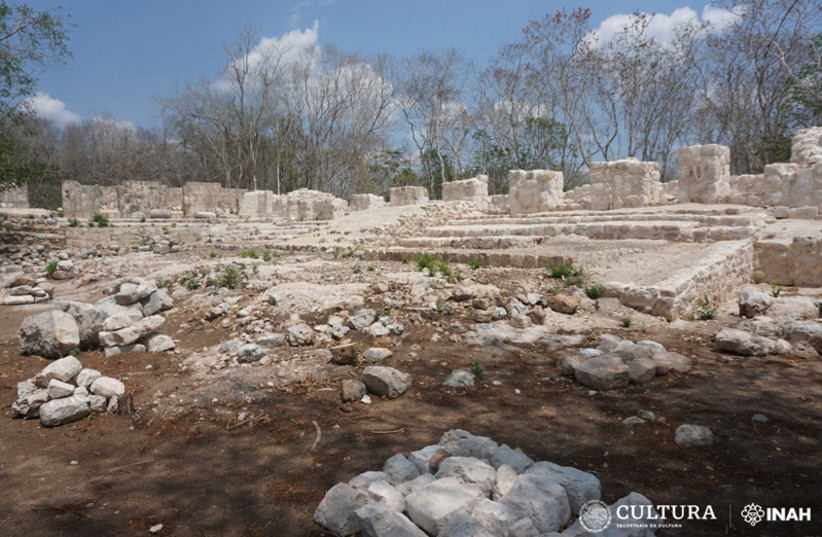Mexican archaeologists uncovered earlier this month a palace-esque structure used to house Mayan people in the ancient Kabah site, Mexico's Institute of Anthropology and History (INAH) announced.
The discovery marks the first-ever finding of such a structure used for residential purposes in the Mayan site, located in the Yucatán Peninsula of Mexico.
According to INAH, the residential palace unearthed, 26 meters in length, was constructed with a portico-style porch and was supported by eight pilasters. The structure had nine different openings and exits and was carved with what INAH described as "motifs of feathers, beads and birds carved into its architecture."
Archaeologist hails discovery of 'elite' Mayan living space
The palace was an "elite living space where people slept, ate, and lived their daily lives" INAH archaeologist Lourdes Toscano Hernández told science news outlet LiveScience.
"A lineage of people who ruled the city would have lived in the buildings, although their names are not known," it quoted the archaeologist as saying.

INAH director-general Diego Prieto Hernández noted that his team was not surprised by the findings due to there being "indirect notions of these complexes," he explained. "Until recently, they remained covered by the vegetation that they acquired over time."
Mayan secrets uncovered in Mexican construction projects
The ancient city of Kabah, whose name in Mayan translated to "strong hand," is thought to have been inhabited since the mid-third century BCE and remains from the Mayan city include the Codz Poop temple, also known as the "Palace of the Masks," which is decorated with hundreds of stone masks belonging to the Mayan god of rain and thunder, Chaac.
The palace was unearthed as part of preparation ahead of the beginning of the construction of the Tren Maya, an intercity railway project that will run through 1,500 kilometers of Yucatán.
Last year, archaeologists uncovered the ruins of an ancient Mayan city filled with palaces, pyramids and plazas on a construction site of what will become an industrial park near Merida.
